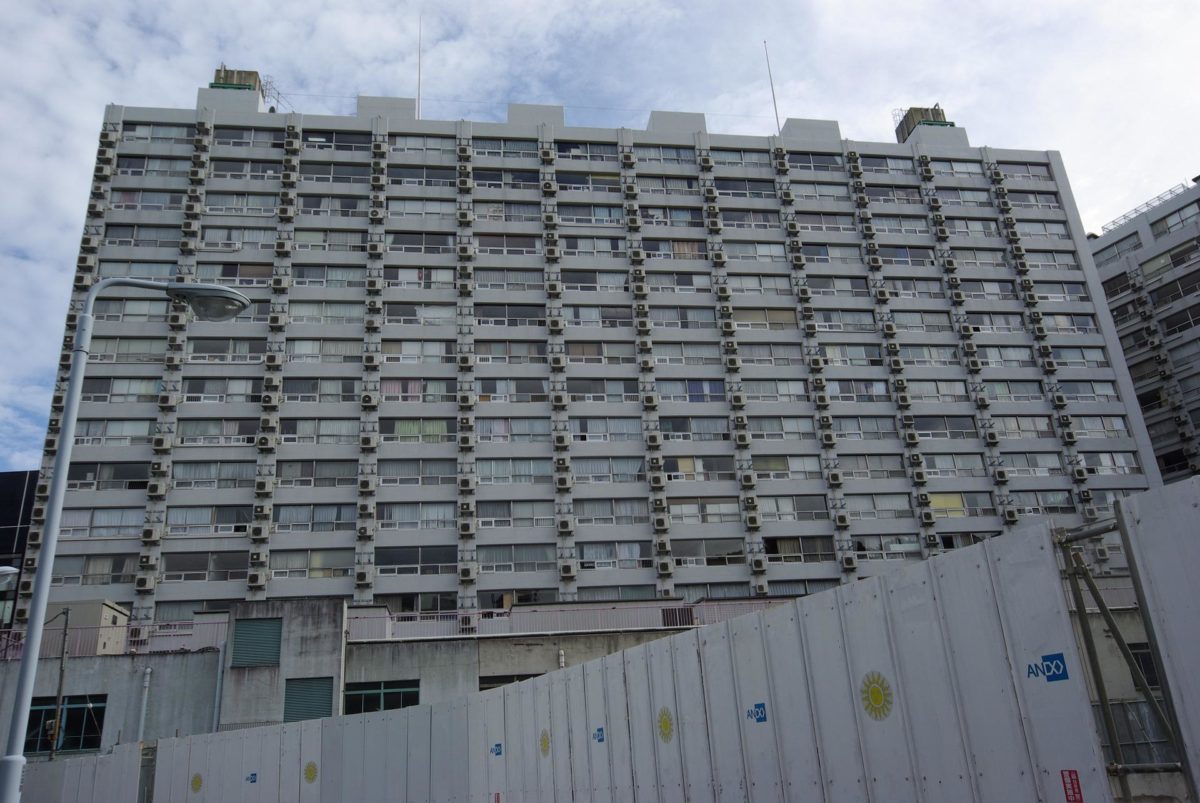Solar photovoltaics could be the most competitive power generation technology for meeting the increasing demand for cooling due to the positive correlation between the time series of the cooling demand and the output of PV power generators.
This is the main conclusion of recent research conducted by scientists from the Chalmers University of Technology in Sweden and the Europa-Universität Flensburg in Germany, in which its authors proposed a capacity expansion model to assess whether PV may be cost-effective in meeting cooling demand for seven different regions under various CO2 emission targets.
“In our study, we show that solar PV might be cost-competitive in powering electric cooling for an investment cost ranging from $165/kW to $480/kW,” the research's corresponding author, Xiaoming Kan, told pv magazine. According to him, if the cost of PV and battery storage continues to decline at a fast speed similar to what it was in the past decade, it might be cost-optimal to power electric cooling with PV in countries with low costs for the technology, such as China and India, in the coming decades. “Of course, the time may vary from region to region depending on the regional cost reduction for PV, existing electricity generation infrastructures and climate policy implemented,” he also stressed.
The study focused on the cooling demand for the residential sector, where most of it is expected to originate. “For each region, the electricity system with and without electric cooling for the residential sector in 2050 is modeled for one year with hourly time resolution,” the researchers explained.
The scientists implemented a sensitivity analysis based on different costs for solar, wind and storage to explore the uncertainties that may surround these technologies in the future. Three levels of costs — low, medium, and high — were assigned to each of the three technologies. “Varying these three parameters allows us to understand whether the cost-effectiveness of investing in solar PV due to the demand for electric cooling is undermined by expensive solar and storage, or cheap wind power,” they specified.
The selected hot-climate regions are eastern Brazil, Spain, northern Nigeria, western Saudi Arabia, South India, South China, and Malaysia. The average cost of cooling for these areas is estimated at between $24 and $52/MWh and the average electricity system cost is indicated at between $40 and $65/MWh.
Through their analysis, the scientists found that the share of solar PV in the optimal capacity mix may increase by up to 4% in eastern Brazil, up to 2% in Spain, and up to 12% in northern Nigeria. The latter is said to achieve the highest percentage thanks to the highest cooling demand share among the modeled regions.
Their findings were presented in the paper Into a cooler future with electricity generated from solar photovoltaic, published in Science. “Thanks to the long utilization time and zero running cost for solar PV, the average electricity system cost decreases when solar PV is installed to meet the increased electricity demand due to cooling. Taken together, this indicates that solar PV could be a suitable solution to sustain a comfortable indoor temperature condition in countries with hot climates,” the scientists concluded.
This content is protected by copyright and may not be reused. If you want to cooperate with us and would like to reuse some of our content, please contact: editors@pv-magazine.com.




4 comments
By submitting this form you agree to pv magazine using your data for the purposes of publishing your comment.
Your personal data will only be disclosed or otherwise transmitted to third parties for the purposes of spam filtering or if this is necessary for technical maintenance of the website. Any other transfer to third parties will not take place unless this is justified on the basis of applicable data protection regulations or if pv magazine is legally obliged to do so.
You may revoke this consent at any time with effect for the future, in which case your personal data will be deleted immediately. Otherwise, your data will be deleted if pv magazine has processed your request or the purpose of data storage is fulfilled.
Further information on data privacy can be found in our Data Protection Policy.